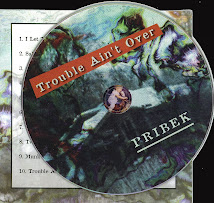
Snoggin'
love story:
embark
heavy
spring water
cascading
dark waters streaming

 broiling by
broiling by
atop frigid
deep current
and
forget
forget
forget...
snoggin'
'neath temple of rock
holding each other\
watching others play
in water streams
shiver of love
fresh water spills
over your legs
ripples past our embrace
hosting our wake
over our waking
and sleeping
of snogging
 >>pd July 31 2007
>>pd July 31 2007Comal River Conditions
Current River Flow is 8 Million GPH (Gallons Per Hour)
The Comal River may be the shortest river in the world, check it out in the Guinness Book of World Records. Just under 3 miles in length, the river begins and ends near downtown New Braunfels. The source of the Comal River begins from Comal Springs, which consists of many small springs located in and around Landa Park and Landa Lake. The springs form the Comal River, which eventually joins the Guadalupe River in the heart of downtown New Braunfels. The Comal River is popular for tubing and swimming. The Comal River features one of the largest collections of springs in Texas with an approximate 8 million gallons of water consistently flo
wing out of the springs every hour. The water is pure and sparkling clear and maintains a relatively constant temperature of about 72 degrees all year. Many local residents swim
in the Comal River year round. Comal Trivia
Spanish explorers 'discovered' Comal Springs in 1691 and found many Indian tribes living there, who referred to it as Conaqueyadesta meaning 'where the river has its source'. In an excerpt from his diary, Espinosa, who accompanied Domingo Ramon's expedition in 1716, described it this way: "Groves of inexpressible beauty are found in this vicinity. The waters of the Guadalupe are clear, crystal and so abundant that it seemed almost incredible to us that its source arose so near. It makes a delightful grove for recreation."
Comal is the Spanish word for basin, which somewhat describes the local geography. The springs were later visited in 1764 by French explorer St. Denis, and eventually became a stop on the El Camino Real.
http://www.texastubes.com/riverconditions.html







No comments:
Post a Comment